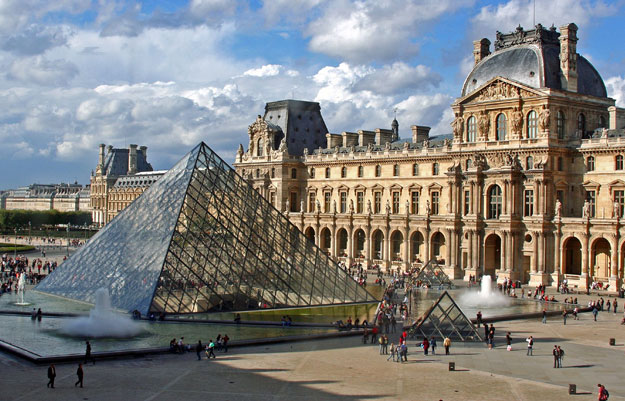City Palace Udaipur in the state of Rajasthan. City palace was built over the period of nearly 400 years being contributed by the several kings of the dynasty, starting by Maharana Udai Singh as the capital of the Sisodia Rajput clan in 1559 after he moved from the Chittor. City Palace, Udaipur is located on the east bank of the lake Pichola and has several palaces built within the complex.
The City Palace, Udaipur was built in vibrant style and it is considered as the largest of its type in the Rajasthan, an amalgamation of Rajasthani and the Mughal architectural styles, and it was built on hill top that gives the bird-eye view of the city and its surroundings including the several historic monuments such as the Lake Palace in the Lake Pichola and Jag Mandir on the other island in lake, Jagdish Temple is also close to the palace, the Moonsoon Palace is on top of an overlooking hillock nearby and Neemach Mata temple.
The main part of the palace now is preserved as a museum that displays the large and the diverse array of the artefacts. Down from the entrance is the arsenal museum exhibiting the large collection of the protective gear, weapons which includes the lethal 2 prolonged sword.
The palace museum is then entered through the Ganesh Deori meaning the door of the Lord Ganesh. This leads to Rajya Angan, royal courtyard that is the very spot where the Maharana Udai singh met the sage who told him to find the city here.
The Manak Mahal or the Ruby Palace has the lovely collection of the glass and the mirror work while the Krishna Vilas displays the rich collection of the miniature paintings. Pearl Palace or the Moti Mahal has the amazing mirror work and Chini Mahal has the ornamental tiles all over in Mahal.
Surya Chopar or the sun square depicts the huge ornamental sun symbolising the sun dynasty to which the Mewar dynasty belongs too. Bari Mahal is the central garden with the view of city. Many beautiful paintings can be seen in the Zenana Mahal or Ladies chamber which directs to the Lakshmi Chowk the alluring white pavillion
The City Palace, Udaipur was built in vibrant style and it is considered as the largest of its type in the Rajasthan, an amalgamation of Rajasthani and the Mughal architectural styles, and it was built on hill top that gives the bird-eye view of the city and its surroundings including the several historic monuments such as the Lake Palace in the Lake Pichola and Jag Mandir on the other island in lake, Jagdish Temple is also close to the palace, the Moonsoon Palace is on top of an overlooking hillock nearby and Neemach Mata temple.
The main part of the palace now is preserved as a museum that displays the large and the diverse array of the artefacts. Down from the entrance is the arsenal museum exhibiting the large collection of the protective gear, weapons which includes the lethal 2 prolonged sword.
The palace museum is then entered through the Ganesh Deori meaning the door of the Lord Ganesh. This leads to Rajya Angan, royal courtyard that is the very spot where the Maharana Udai singh met the sage who told him to find the city here.
The Manak Mahal or the Ruby Palace has the lovely collection of the glass and the mirror work while the Krishna Vilas displays the rich collection of the miniature paintings. Pearl Palace or the Moti Mahal has the amazing mirror work and Chini Mahal has the ornamental tiles all over in Mahal.
Surya Chopar or the sun square depicts the huge ornamental sun symbolising the sun dynasty to which the Mewar dynasty belongs too. Bari Mahal is the central garden with the view of city. Many beautiful paintings can be seen in the Zenana Mahal or Ladies chamber which directs to the Lakshmi Chowk the alluring white pavillion
